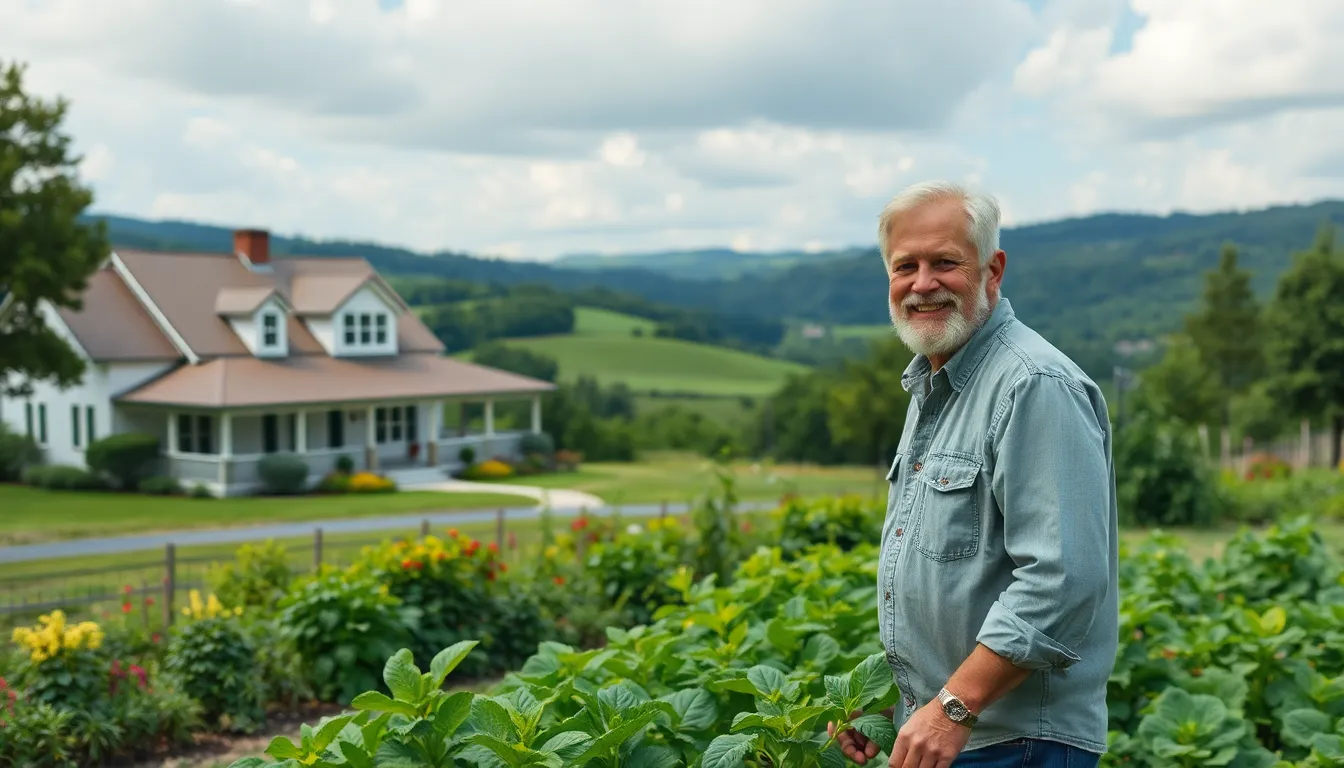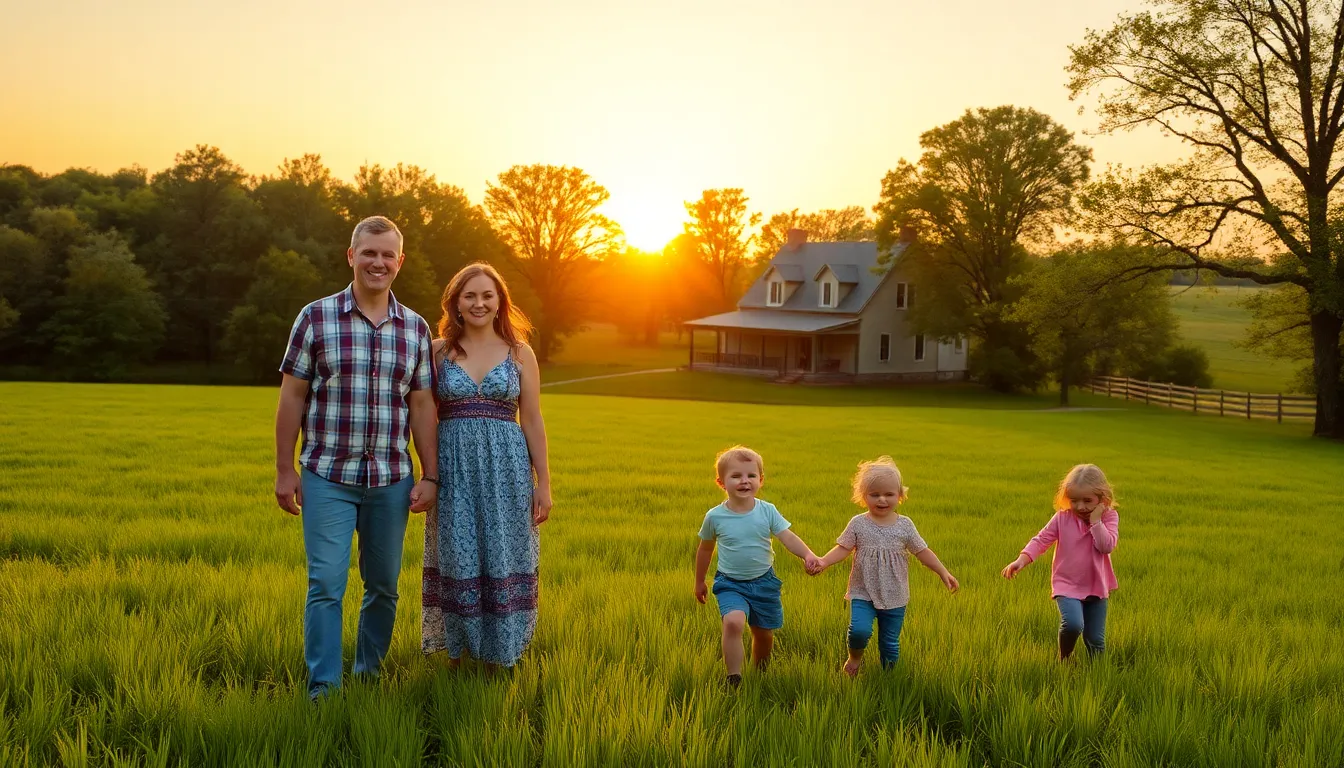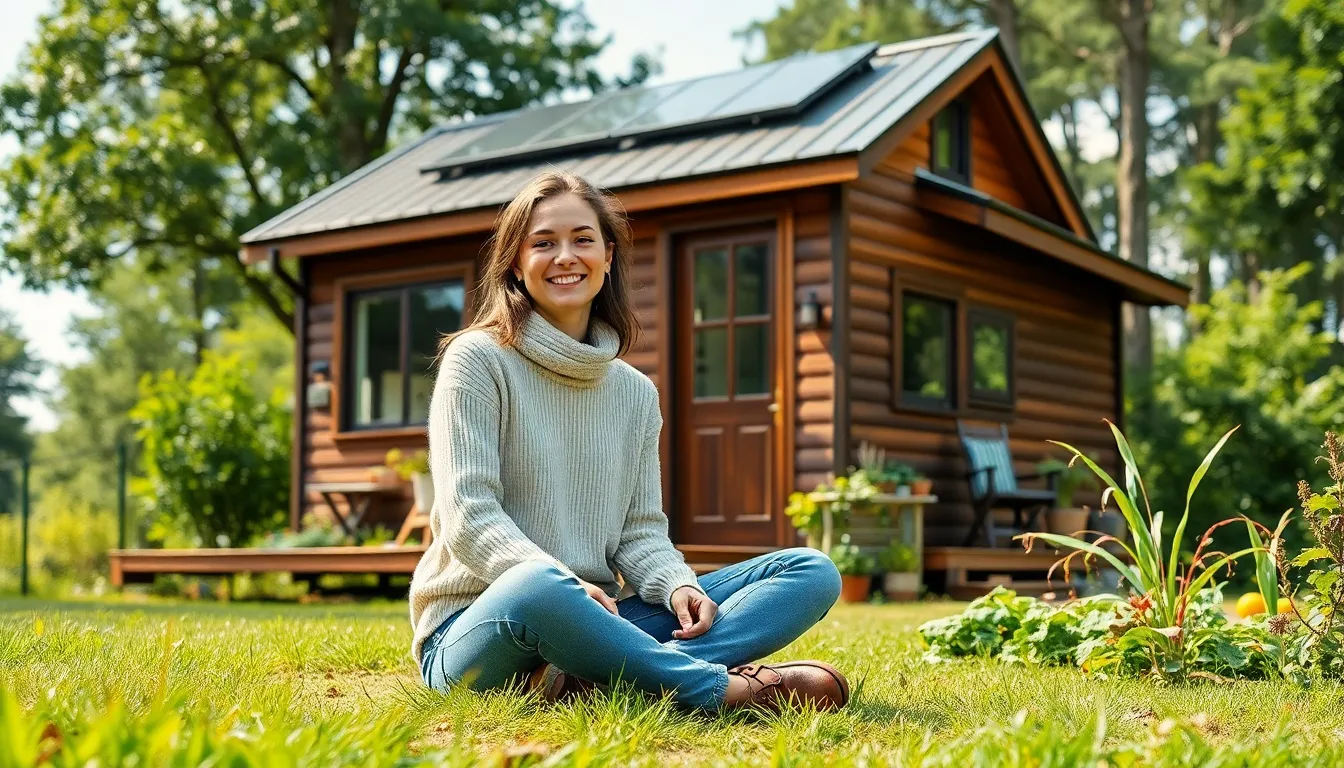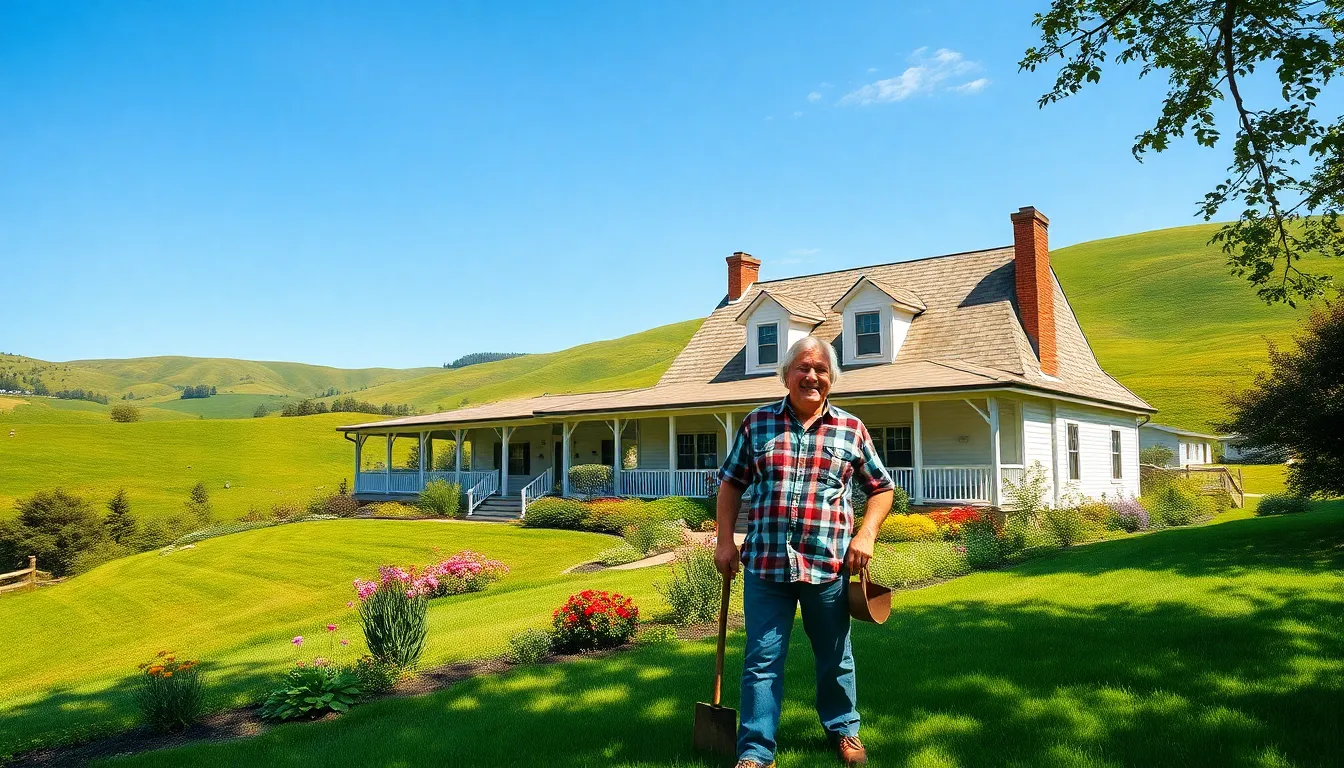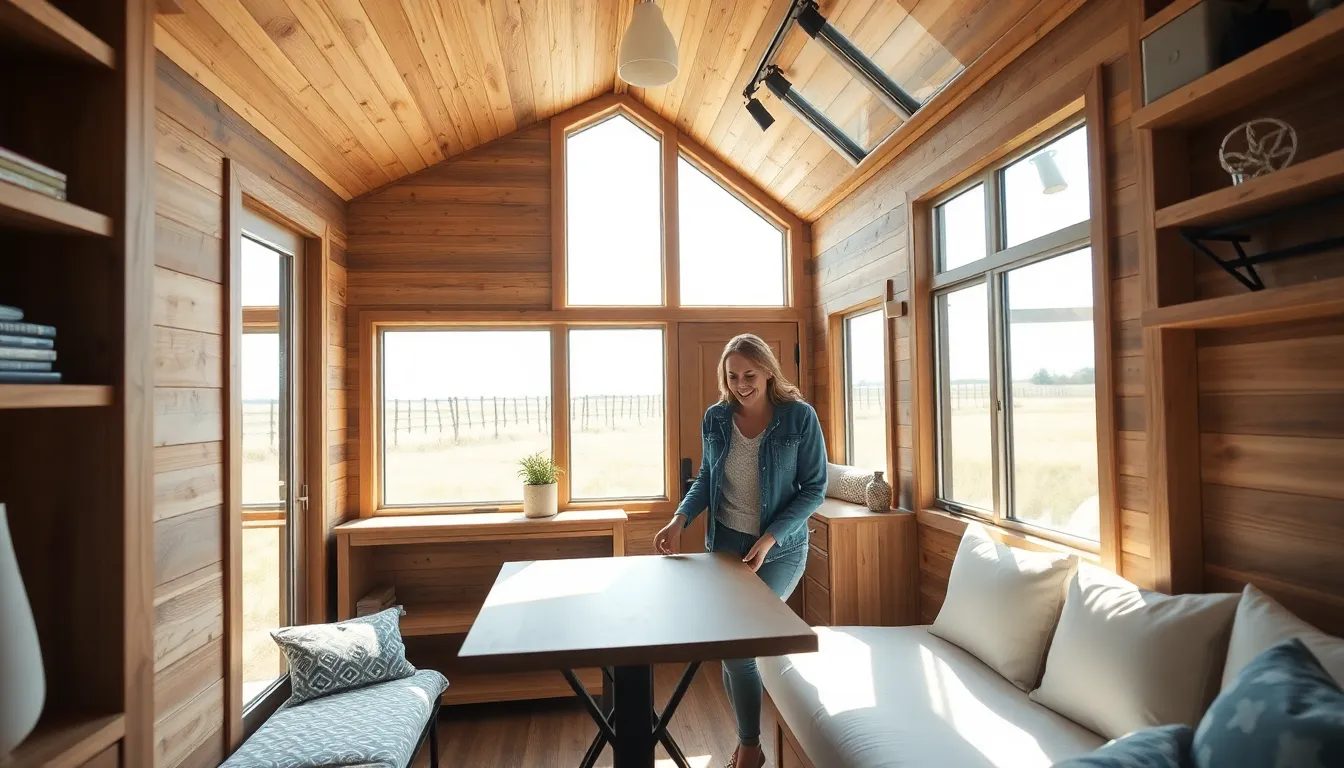In a world increasingly dominated by urban landscapes, private rural residences offer a serene escape into nature. These homes provide not just a place to live but a lifestyle that embraces tranquility, space, and the beauty of the countryside. With the rise of remote work and a growing desire for a simpler life, more people are seeking the charm and privacy that rural living can provide.
Nestled among rolling hills, lush forests, and open fields, private rural residences are becoming a sought-after option for those looking to reconnect with nature. They promise not just a retreat from the hustle and bustle of city life but also a chance to cultivate personal gardens, enjoy stunning views, and foster a deeper connection with the environment. As interest in sustainable living grows, these homes represent a harmonious blend of comfort and eco-consciousness.
Overview of Private Rural Residences
Private rural residences provide a serene lifestyle, often contrasting sharply with the hustle of urban living. These homes attract those who seek space, tranquility, and a deeper connection with nature.
Definition and Purpose
Private rural residences refer to homes located in countryside settings, typically away from urban centers. Their purpose centers around offering peace and privacy, allowing residents to immerse themselves in a natural environment. These residences often promote a lifestyle focused on sustainable living, gardening, and outdoor activities. They appeal to individuals or families looking for calmness and the chance to explore self-sufficiency.
Types of Residences
Various types of private rural residences exist, accommodating different preferences and needs.
- Cottages: Smaller, charming homes that often feature rustic designs and are perfect for retreats.
- Farmhouses: Larger residences that integrate agricultural aspects, offering potential for livestock and crop cultivation.
- Cabins: Simple structures often located near forests or lakes, ideal for nature enthusiasts.
- Villas: More expansive homes typically surrounded by land, providing luxurious amenities designed for relaxation.
- Mobile Homes: Affordable options that can provide flexible living arrangements in rural locations.
Each type of residence offers unique features tailored to specific lifestyles, enabling individuals to choose the best fit for their rural living experience.
Benefits of Living in Private Rural Residences
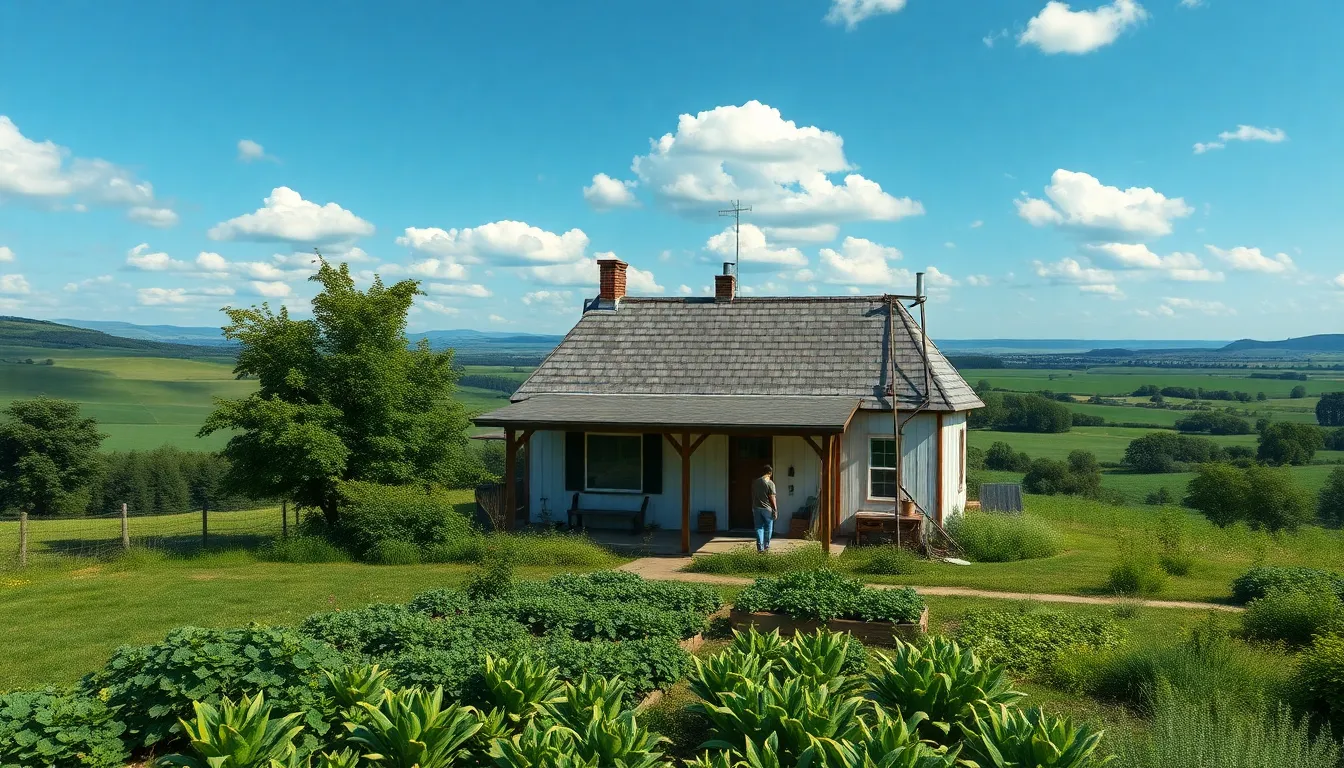
Private rural residences provide numerous benefits, particularly in enhancing quality of life through tranquility and nature. They offer unique advantages for individuals seeking a more peaceful existence.
Peace and Quiet
Private rural residences afford a serene atmosphere away from urban noise. Residents experience reduced distractions, leading to improved focus and productivity. Many enjoy lower stress levels due to the calming environment. The spacious surroundings contribute to a sense of privacy, allowing individuals to engage in hobbies and activities without disturbances. Quiet evenings under starlit skies further enhance relaxation, creating a perfect setting for unwinding after busy days.
Connection with Nature
Living in private rural residences fosters a strong connection with nature. Residents often have direct access to vast green landscapes, forests, or water bodies. This proximity encourages outdoor activities like hiking, gardening, and bird-watching, promoting physical health and mental well-being. Many choose to grow organic vegetables and fruits, aligning with sustainable living practices. Engaging with nature also provides opportunities for mindfulness and reflection, making rural living a holistic lifestyle choice.
Challenges of Private Rural Residences
Private rural residences come with specific challenges that potential residents should consider. These challenges often impact the overall living experience in a rural setting.
Accessibility Issues
Accessibility poses a significant concern for private rural residences. Those living in remote areas may face limited access to public transportation, making it difficult to commute to work or visit amenities. Roads in rural areas might lack maintenance, leading to travel delays during adverse weather conditions. Additionally, essential services such as healthcare facilities may be located far away, requiring longer travel times for medical assistance. The availability of high-speed internet also varies, which can hinder remote work capabilities or online learning opportunities.
Maintenance Concerns
Maintenance becomes critical in rural residences due to potential isolation and reliance on self-sufficiency. Finding skilled professionals for home repairs, landscaping, or general upkeep can prove challenging, especially if the residence is in a remote location. Seasonal weather conditions may exacerbate maintenance issues, requiring more frequent repairs. Homeowners often must invest time and resources into regular upkeep, including property management, garden maintenance, and ensuring safety against wildlife. These factors can make maintaining a rural residence more demanding compared to urban homes.
Popular Locations for Private Rural Residences
Various regions offer attractive options for private rural residences, combining natural beauty with desirable lifestyles. Understanding these popular locations can guide potential buyers towards the perfect setting for their peaceful retreat.
Regions with Scenic Views
Regions with scenic views enhance the allure of private rural residences.
- Appalachian Mountains: Known for their lush landscapes, hiking trails, and vibrant fall foliage, the Appalachian Mountains provide a stunning backdrop for homes. Residents enjoy panoramic vistas, outdoor activities, and a sense of tranquility.
- Pacific Northwest: This area features lush forests, rugged coastlines, and the majestic Cascade Range. Towns in Washington and Oregon offer private residences surrounded by nature, allowing for an outdoor-oriented lifestyle.
- New England: With its charm and historical significance, New England boasts picturesque countryside. The rolling hills, charming farms, and seasonal changes create an idyllic environment for private rural living.
- Southern Appalachians: Areas like western North Carolina and eastern Tennessee provide unique landscapes, including mountains and valleys. The mild climate and natural beauty promote a relaxed lifestyle.
Proximity to Urban Amenities
Locations that maintain a balance between rural charm and access to urban amenities appeal to many seeking private rural residences.
- Hudson Valley, New York: This region offers scenic beauty while being close to New York City. Numerous small towns provide local shops, restaurants, and cultural events, making rural living convenient yet connected.
- Chesapeake Bay, Maryland: This area combines waterfront properties with proximity to Washington, D.C. Residents appreciate access to urban jobs and amenities while enjoying a peaceful, nature-oriented lifestyle.
- Finger Lakes, New York: Known for its vineyards and lakes, this region provides rural tranquility within a short drive of Rochester and Syracuse. Residents benefit from local markets, restaurants, and recreational activities.
- North Georgia: Within a short distance from Atlanta, towns like Dahlonega and Blue Ridge offer scenic mountain backdrops alongside access to urban services. This combination allows for a fulfilling rural experience without sacrificing convenience.
Tips for Buying Private Rural Residences
Buying a private rural residence requires careful consideration and thorough research. Focus on the property specifics and the surrounding community for an informed decision.
Researching the Property
- Examine property’s history: Check for past ownership, any liens, or disputes.
- Investigate zoning regulations: Understand permitted land use, building codes, and any restrictions that apply.
- Assess infrastructure: Ensure access to essential utilities like water, electricity, and internet.
- Scrutinize property condition: Conduct a detailed inspection for potential issues like structural integrity and roofing.
- Explore financing options: Research rural-specific loans or grants available for property purchases.
Evaluating the Surrounding Area
- Review local amenities: Identify nearby grocery stores, schools, hospitals, and recreational facilities.
- Analyze transportation access: Consider distance to major highways, public transport options, and travel times to urban centers.
- Investigate community services: Determine availability of services such as fire departments, police, and emergency medical facilities.
- Assess environmental factors: Research local wildlife, water sources, and potential natural hazards like floods or wildfires.
- Understand local culture: Explore community events, social clubs, and neighbors’ lifestyles to ensure compatibility with personal preferences.
Private rural residences offer an appealing escape from the hustle and bustle of urban life. They provide a unique opportunity to embrace tranquility and reconnect with nature while promoting a sustainable lifestyle. For those seeking privacy and space, these homes can enhance overall well-being and foster a sense of community with the environment.
While challenges such as accessibility and maintenance exist, the rewards often outweigh the drawbacks. The charm of rural living lies in its ability to cultivate mindfulness and a deeper appreciation for the natural world. With careful consideration and thorough research, individuals can find the perfect rural residence that aligns with their lifestyle and values.

